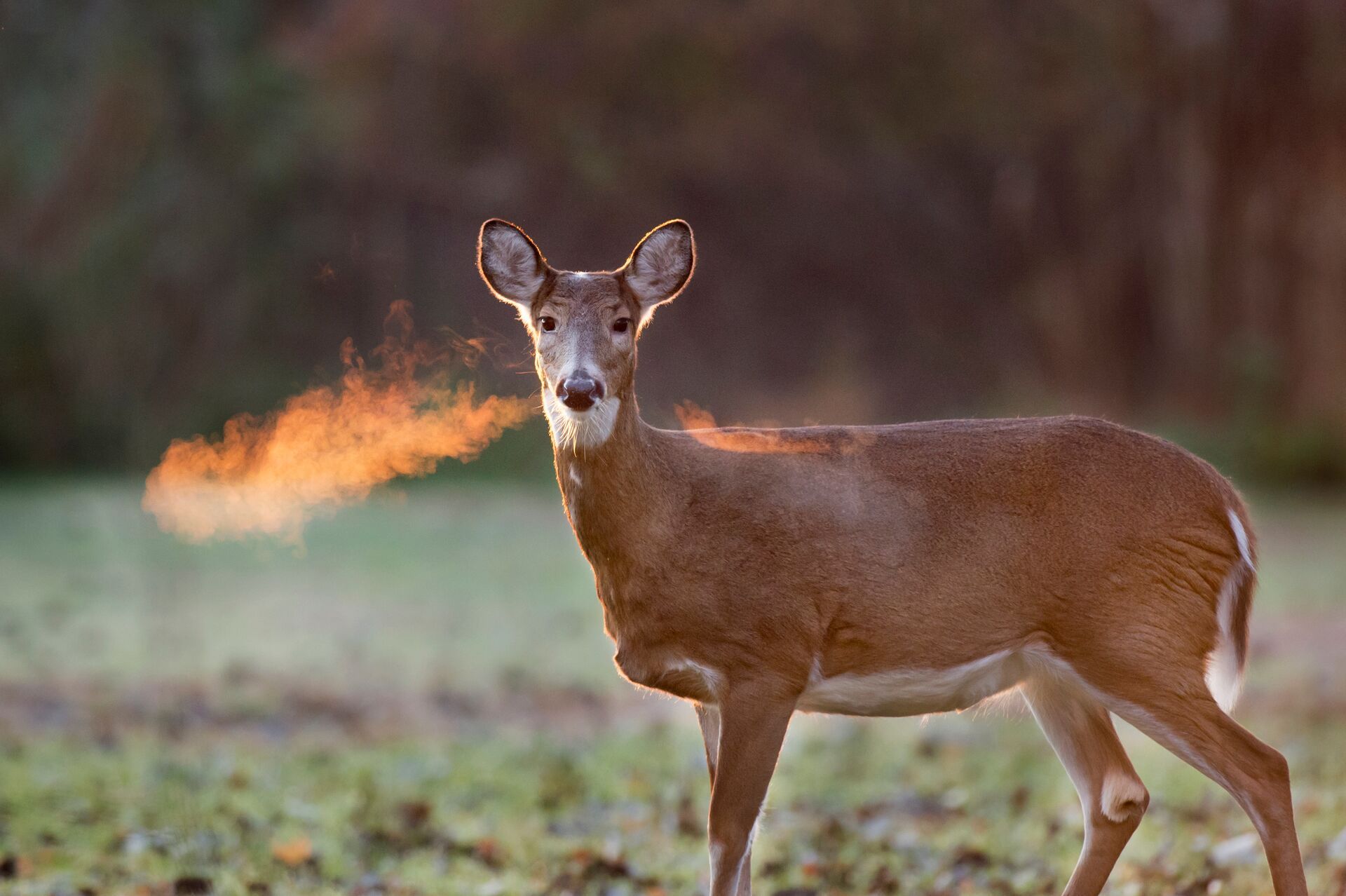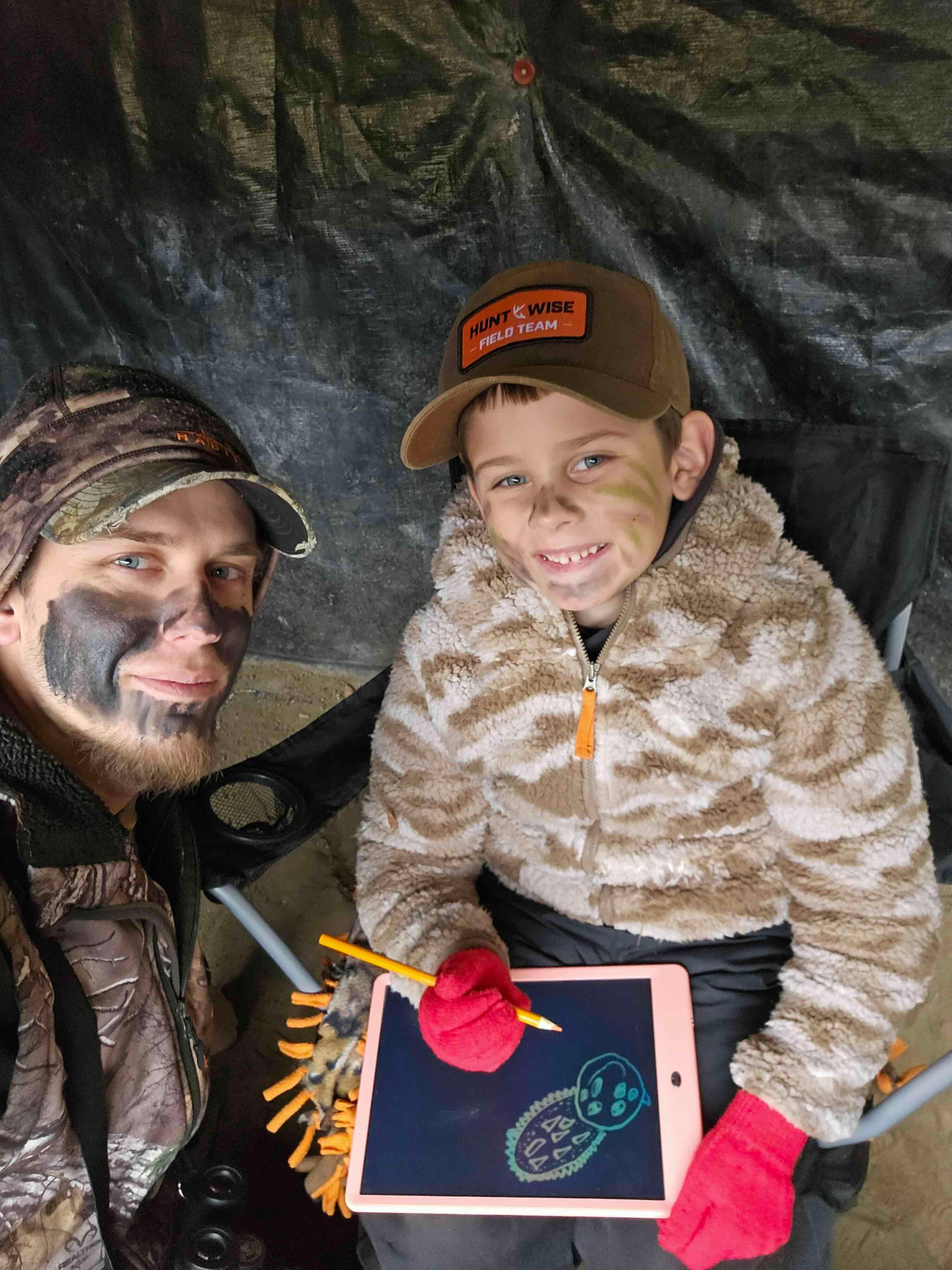But the reality is that most of us will never get the opportunity to see, hunt, let alone get a shot at a deer of that caliber, but we will have opportunities time and time again at harvesting a doe. This is why calling to and bringing in does can be extremely beneficial to us hunters.
Today, we look at why (and how) to call in a doe using deer calls. It's something every hunter should know for a successful season!
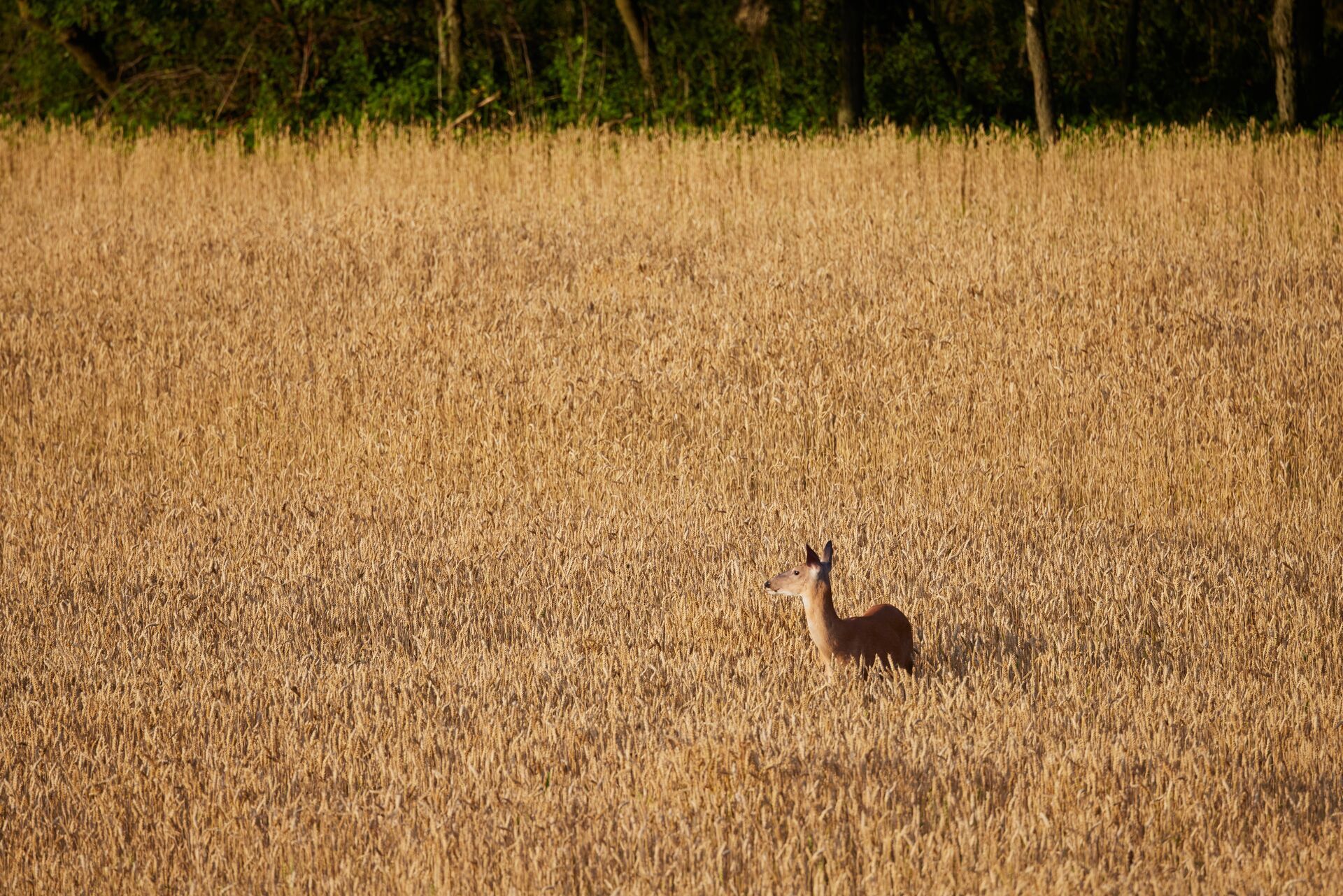
Filling Doe Tags
There are always doe tags that need to be filled each year from the early season clear through the late season. Knowing how and which calls to use to bring in a doe can help ensure you fill a tag, but it could also help fill a buck tag, too!
Does will make several different types of calls throughout the year. Knowing which calls to make at what time will be crucial for making those deer come in close enough for a shot.
If specifically hunting does, using a fawn bleat can be your golden ticket. It is a does' maternal instinct to keep fawns safe. If you make a fawn bleat, does may want to come check to make sure that that fawn is okay.
Does and fawns are much more social than bucks and tend to stick together throughout most of the year. The tail end of the pre-rut through the rut is when does and fawns will separate from one another, as does are being ready to breed.
Then, after the rut is over, does will come back together with the fawns. Calling to does using locating fawn bleats can be a killer strategy during this time of the season.
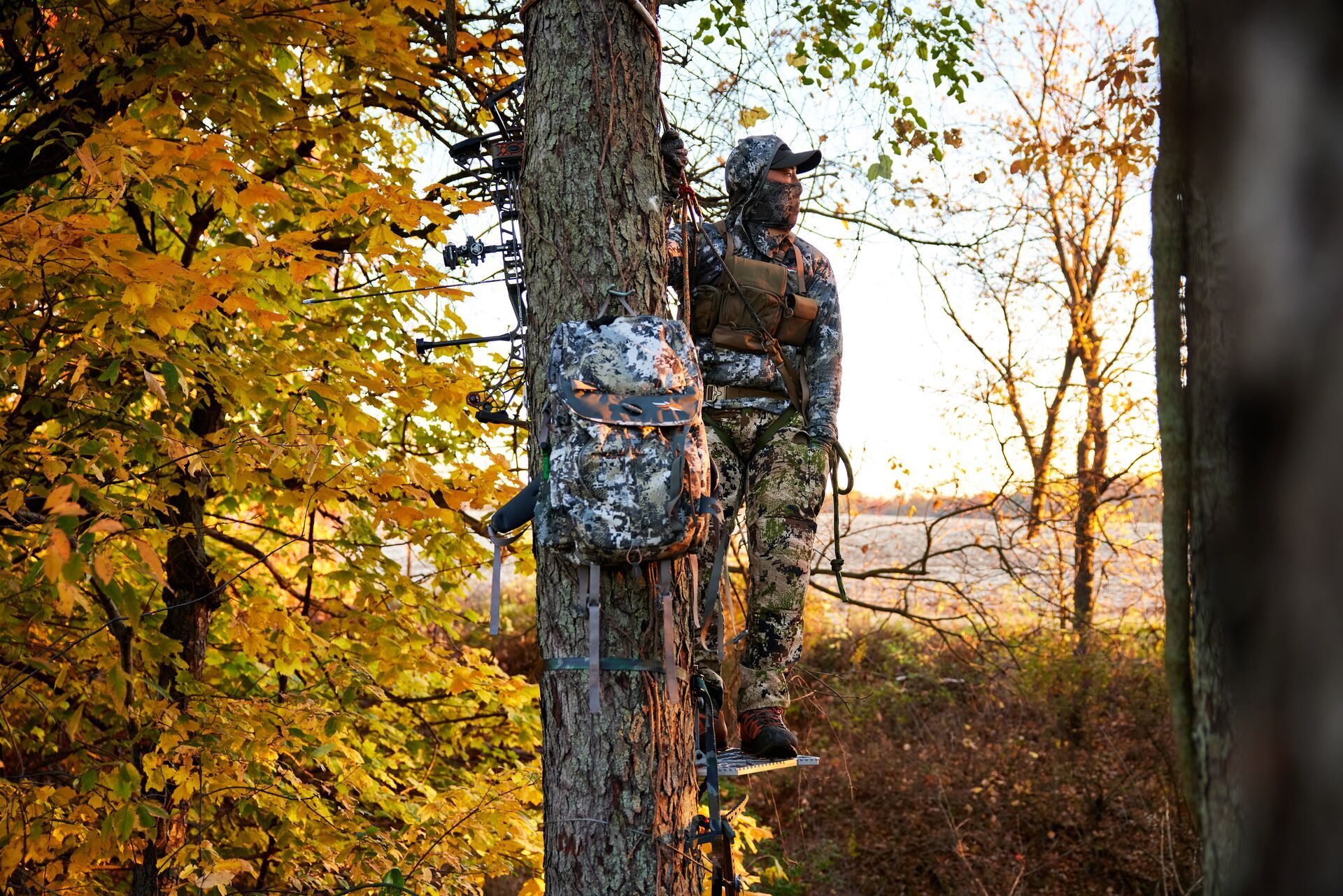
Don't Over-Call When Using Deer Calls for Does
Just like when calling to a buck using grunt calls, rattling antlers, or doe bleats, you can also "over-call" to a doe.
You want to sound natural and like you are part of the deer herd and community living in that area. Calling too much to does can be just as destructive to your hunt as if you were over-calling to a buck.
Make your calls every thirty to sixty minutes. Deer are on the move and have great hearing. It may just take them a little while to make it to your setup, so give them time.
Trying to call every five or ten minutes will begin to sound less natural to the deer in the area and cause worry amongst them. Instead of calling them in, you may push them away and ruin your entire season, leaving you with no deer to hunt.
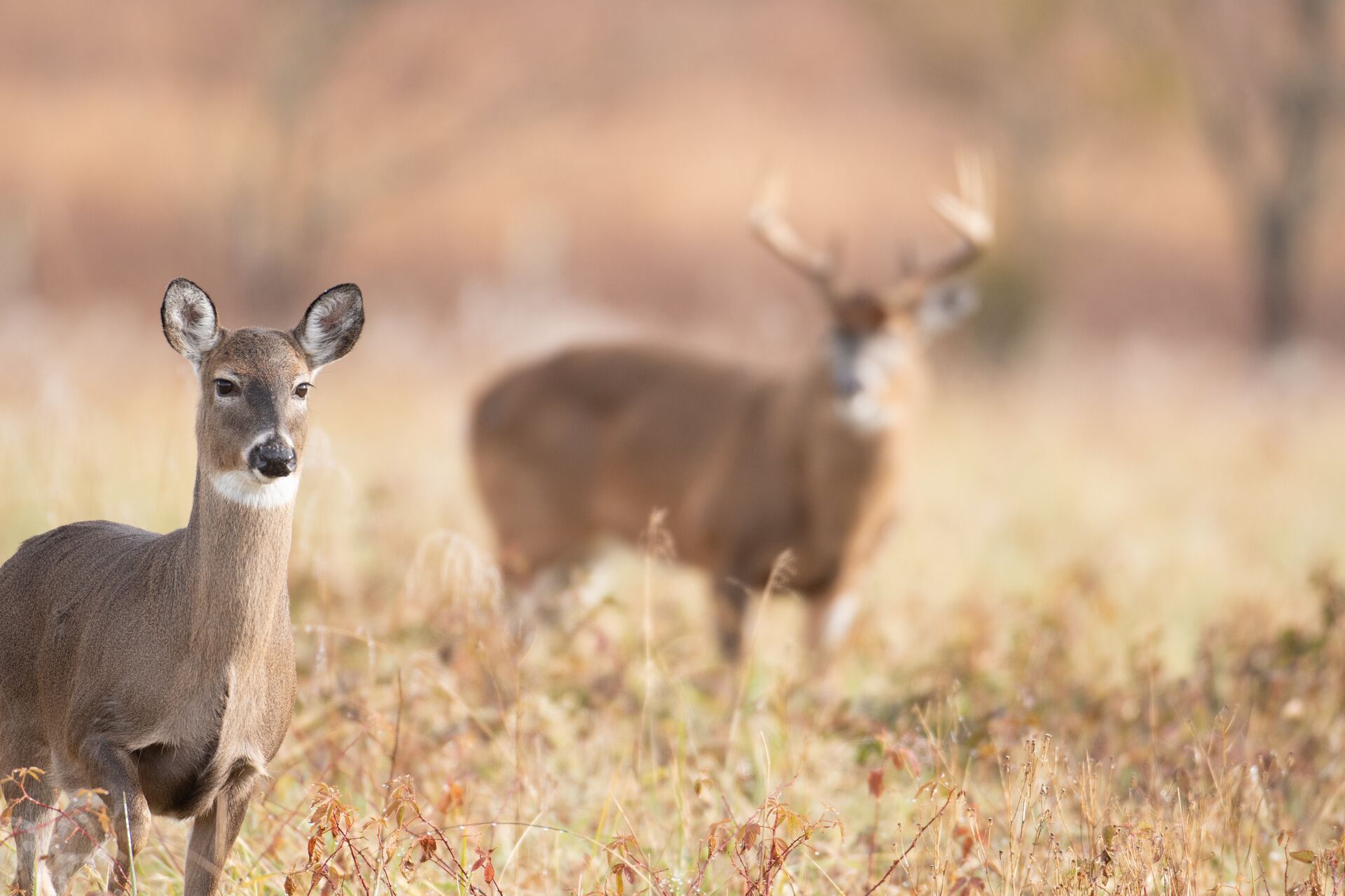
Calling a Doe Can Draw In a Buck
There is another upside to trying to call in does — and that would be the opportunity to also maybe call in a buck at the same time.
You might be thinking to yourself, "How could calling in a doe help bring in a buck?" Well, if you think about it for just a second, this theory can and does work.
If you are trying to call in a doe using doe and fawn bleats, bucks may also feel inclined to come check it out and see if a doe that might still be in estrus and ready to breed. Remember, not all does come into and exit the estrus cycle at the same time, and bucks are always looking for the first and the last does that are ready to breed. This could be an awesome way to fool a big buck.
Also, does and fawns are usually the first deer of the herd to check out an area (i.e., a field, food plot, or transition area from one block of timber to another). If you can get does to come into those areas (where you are set up), bucks will also feel a lot more comfortable coming into that area.
Does and fawns will leave their scent in that area, and bucks who are always scent-checking will smell them and know it is okay to be there.
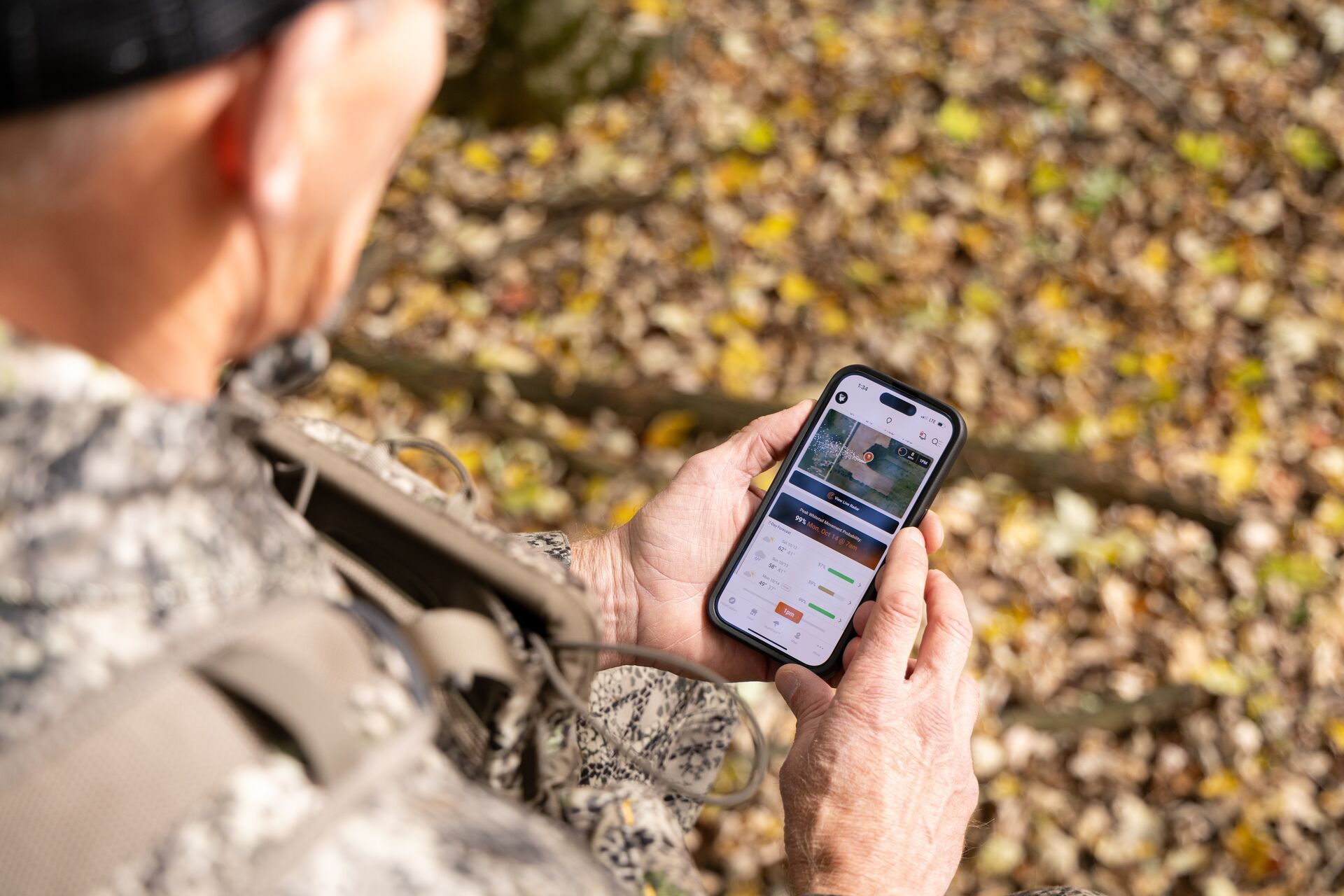
Don't Miss the Perks of Calling in a Doe
While most may see it as not beneficial to do, there are perks to calling in does and fawns into your area. They are much more social than bucks are and can be an excellent way to try and practice calling to deer.
There is also a much larger window to call in throughout the year as they tend to travel in smaller groups of two to four or five at a time until the tail end of the pre-rut and through the rut as they want to be more solitary to breed.
Calling in does can also allow the opportunity to call in a buck simultaneously, as bucks are constantly looking for safe places where the does are. So whether you are trying to fill an early or late season doe tag that you still have or are trying a last-ditch effort to call in Mr. Big, calling to does can be fun and extremely beneficial for you.
Just remember to be patient with any calling you do decide to do and do not over call to the deer. Doing this will alarm them and spook them out of your area — maybe only for a day or two, but also maybe for the rest of the season.
What else do you need for a successful deer season? HuntWise! Use the HuntWise hunting app to scout the best locations for your stand or blind, then use deer calls to call in does and bucks to tag out.
Download the app and try it for free for a week!
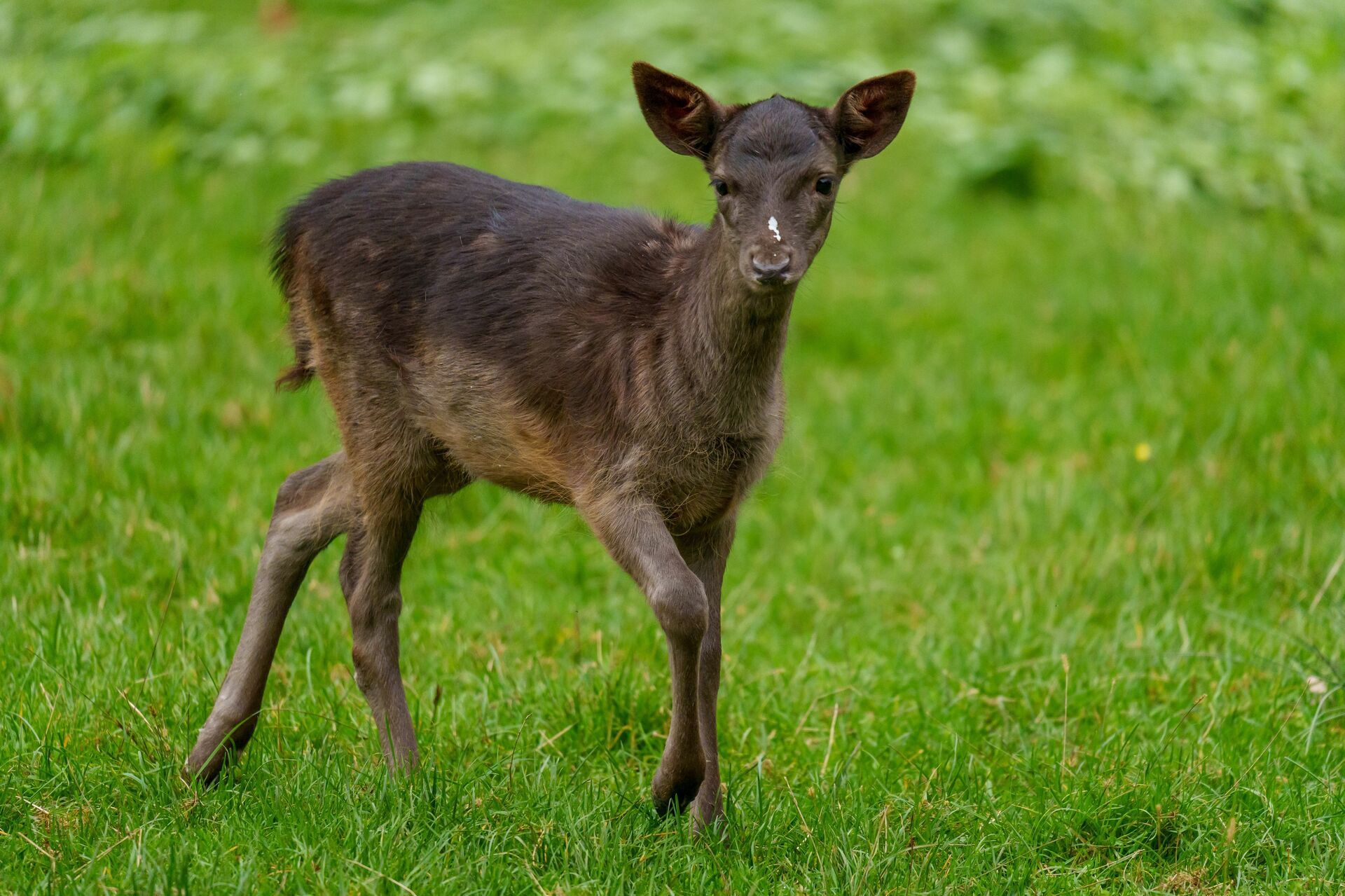
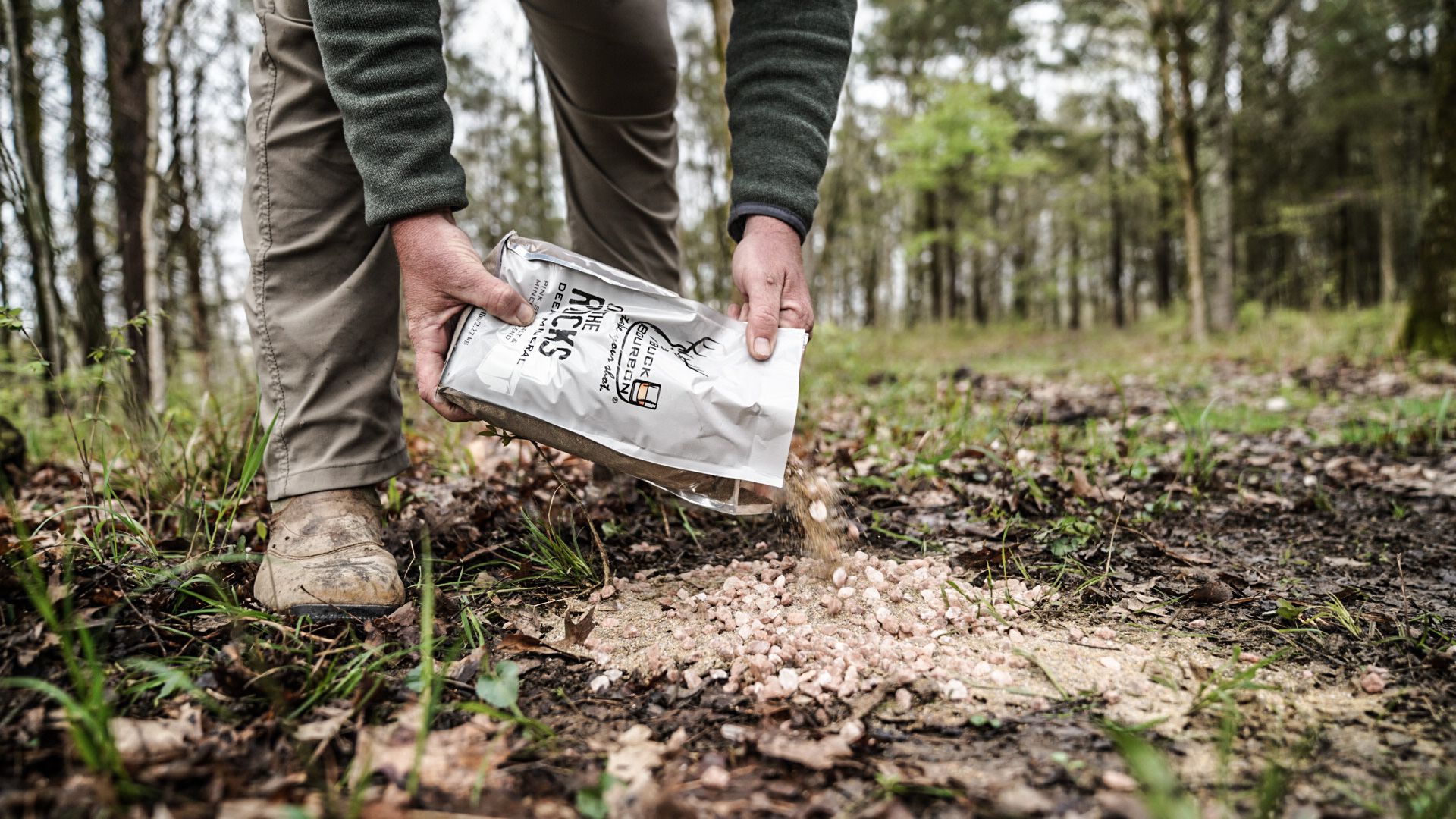
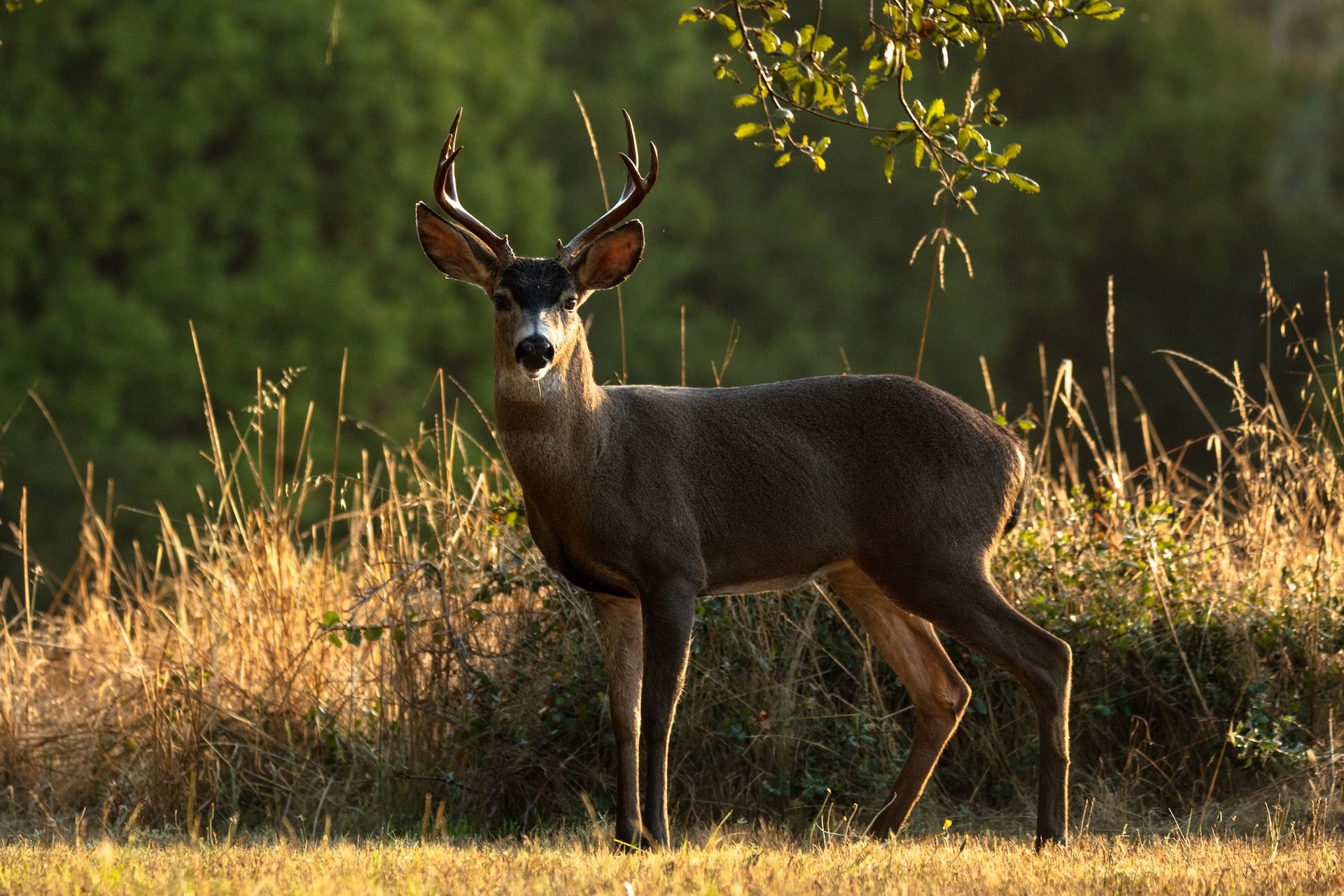
 Deer
Deer Deer
Deer Deer
Deer